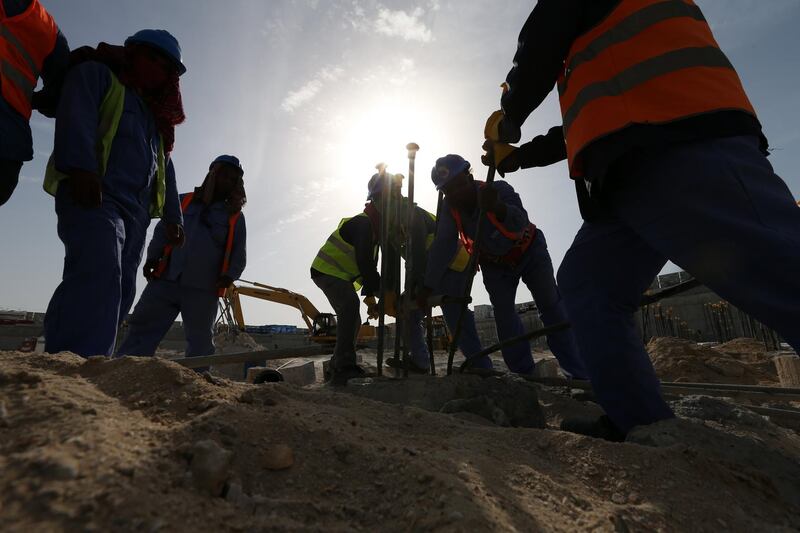Dubai’s unemployment rate reached 0.5 per cent last year as the emirate continued to expand its resident workforce, according to the Labour Force Survey 2017 published by Dubai Statistics Centre on Wednesday.
Total employment in Dubai reached 2,778,000 last year, out of which 2,077,603 were resident employees and the remainder non-resident employees who live outside the emirate, the survey showed. It didn’t give a comparative figure for 2016.
“The results of the Labour Force Survey 2017 reflect the flexibility and strength of Dubai’s economy, which has a high employment rate in various sectors,” said Arif Al Muhairi, executive director of Dubai Statistics Centre in a statement.
Dubai’s labour market has added an average of 110,000 workers annually over the last three years, he added.
The rate is considerably lower than last year’s global average unemployment rate of 5.6 per cent, according to the International Labour Organisation.
________________
Read more:
[ UAE foreign ownership changes will boost FDI, spur economic growth ]
[ New laws could help foreign residents put down roots ]
________________
The UAE is undertaking a series of measures to help attract more talent in the second-largest Arab economy. Last week, the government announced plans to grant 100 per cent foreign ownership of companies in selected sectors and offer 10-year visa to certain expatriates and students.
These measures will help woo foreign invest, retain and attract professionals, boost economic growth and revitalise various sectors include real estate.
The Labour Force Survey is based on a sample of 3,000 resident households in Dubai that included 1,500 Emirati households. The 1,500 non Emirate households included 1,000 labour camp workers.
The overall economic participation rate, or percentage of employed in the total working-age population, increase in 2017 by one percentage point to stand at 83.1 per cent from 2016. Female workers accounted for the lion’s share of the increase, rising 4.3 per cent to 53.6 per cent in 2017 from a year earlier.
Around 27.6 per cent of the labour force work in the construction sector, 17.9 per cent in the wholesale and retail trade sector and 8 per cent in manufacturing, the survey showed.
More than a quarter of employed Emiratis work as technicians and associate professionals, while nearly a quarter of employed non-Emiratis are craftsmen.
“More than a third of Emirati women work in specialised occupations that require high education, skill and competency while 28.7 per cent of Emirati men work as technicians and associate professionals,” according to the survey.






